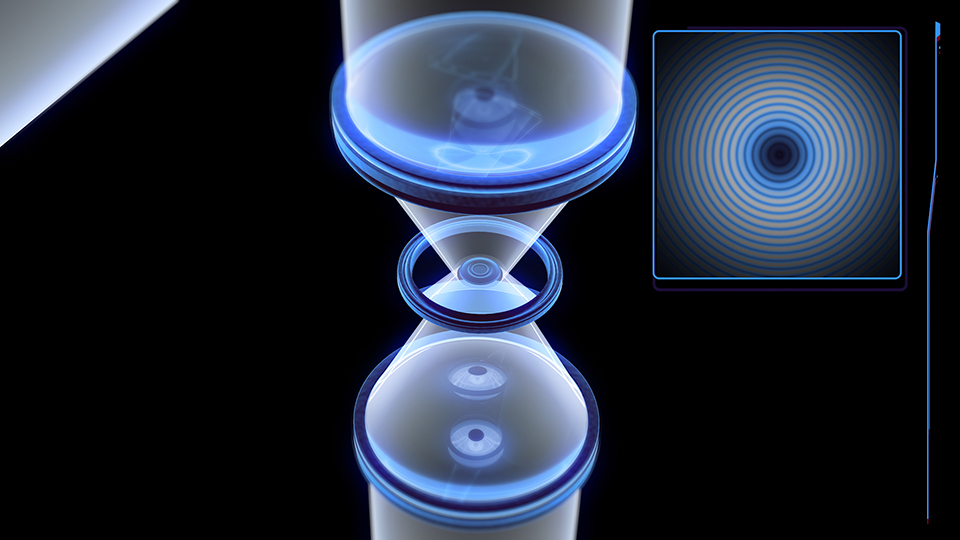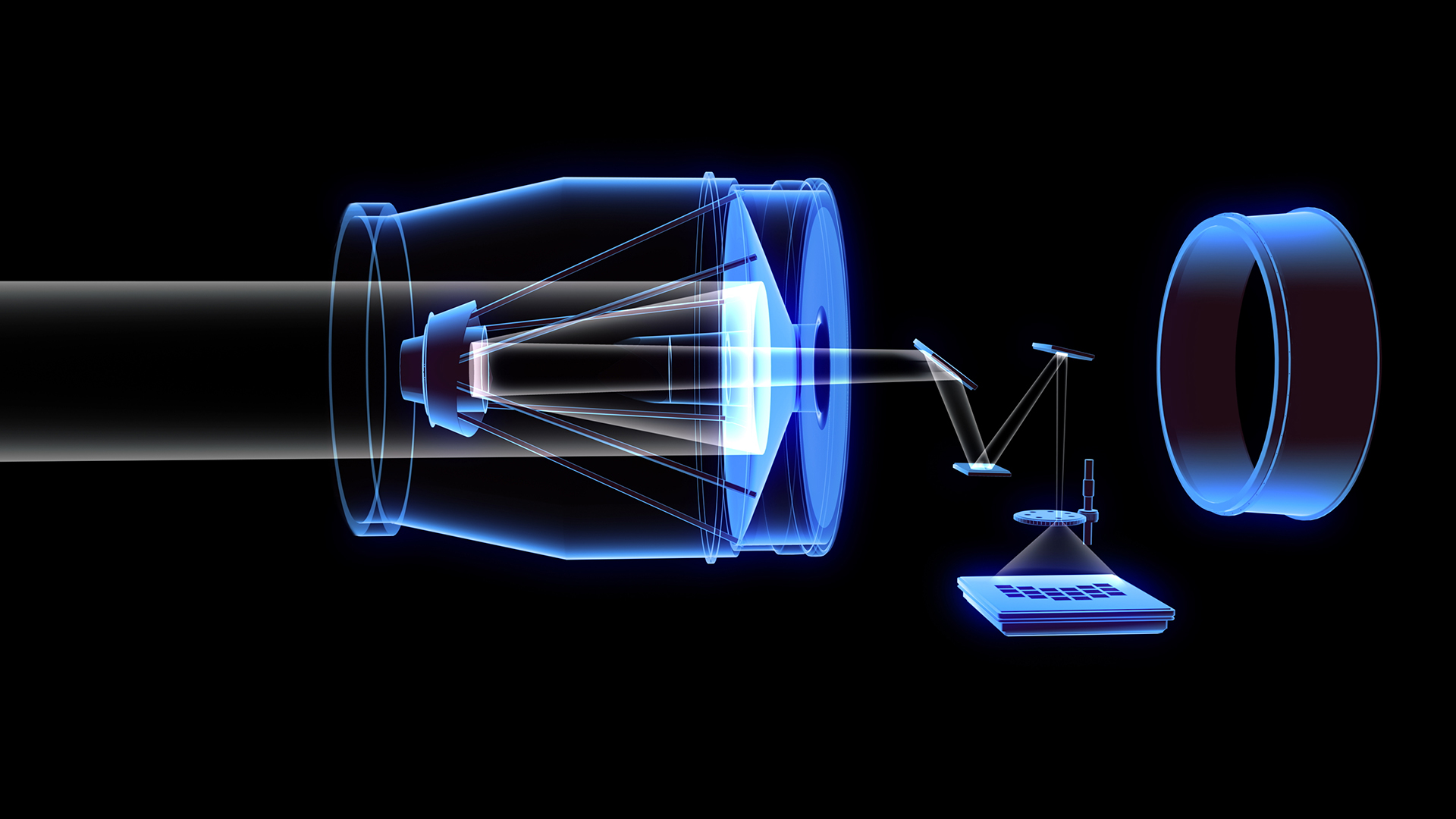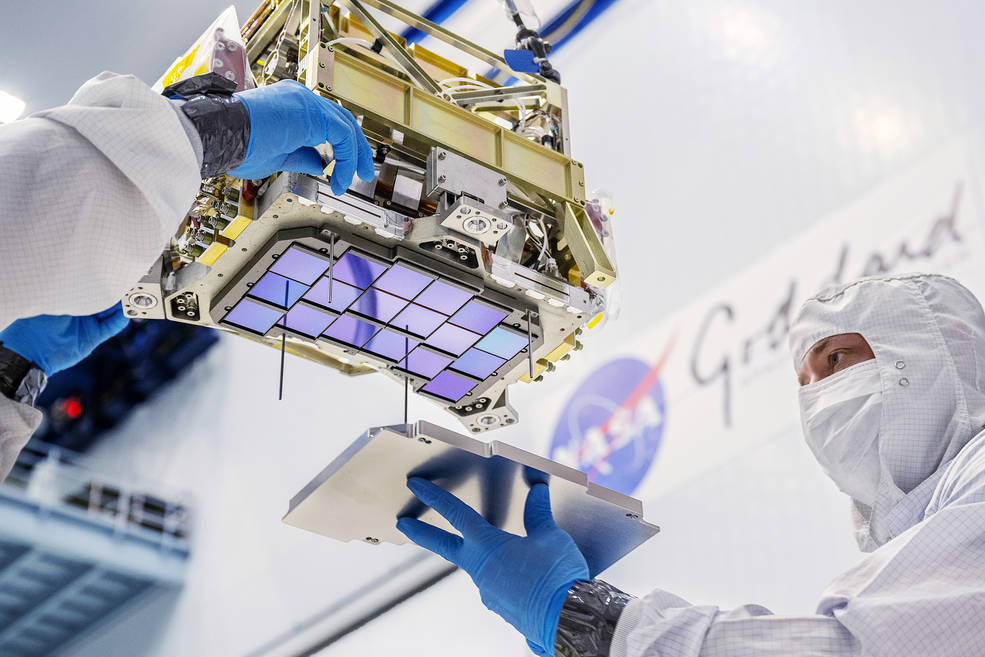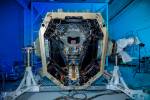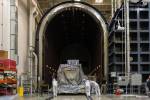Roman’s WFI has been integrated onto the instrument carrier along with the Coronagraph Instrument.
Using this instrument, each Roman image will capture a patch of the sky bigger than the apparent size of a full Moon. Hubble’s infrared images, taken with its Wide Field Camera 3, are about 200 times smaller. Even Hubble’s widest exposures, taken with the Advanced Camera for Surveys, are nearly 100 times smaller. Over the first five years of observations, Roman will image over 50 times as much sky as Hubble covered in its first 30 years, surveying the sky up to 1,000 times faster than Hubble can while maintaining similar sensitivity and infrared resolution.
Our understanding of the cosmos has grown by leaps and bounds in recent decades, however many mysteries still remain. As the spacecraft’s giant camera, the WFI will help fill in the gaps by looking far across space and probing deep into dusty regions, including the star-studded heart of our Milky Way galaxy. The WFI’s sweeping infrared surveys will unveil countless celestial bodies and phenomena that would otherwise be difficult or impossible to find.
The 18 detectors at the instrument’s heart will enable all of the mission’s science by converting starlight into electrical signals, which will then be decoded into high-resolution images of large patches of the sky. Since the WFI has such an enormous field of view, each image will provide a wealth of information. Scientists will be able to quickly conduct research that could take hundreds of years using other telescopes.
The data gathered will enable scientists to discover new and uniquely detailed information about planetary systems around other stars. It will map how matter is structured and distributed throughout the cosmos, which could ultimately allow scientists to discover the fate of the universe.
The WFI is designed to detect faint infrared light from across the universe. Infrared light is observed at wavelengths longer than the human eye can detect. The expansion of the universe stretches light emitted by distant galaxies, causing visible or ultraviolet light to appear as infrared by the time it reaches us. Such distant galaxies are difficult to observe from the ground because Earth’s atmosphere blocks some infrared wavelengths, and the upper atmosphere glows brightly enough to overwhelm light from these distant galaxies.
By going into space and using a Hubble-size telescope, the WFI will be sensitive enough to detect infrared light from farther than any previous telescope. This will help scientists capture a new view of the universe that could help solve some of its biggest mysteries, one of which is how the universe became the way it is now.
Science of the Wide Field Surveys
Dark Energy
The Roman Space Telescope measurements will help illuminate the dark energy puzzle. With a better understanding of dark energy, we will have a better sense of the past and future evolution of the universe.
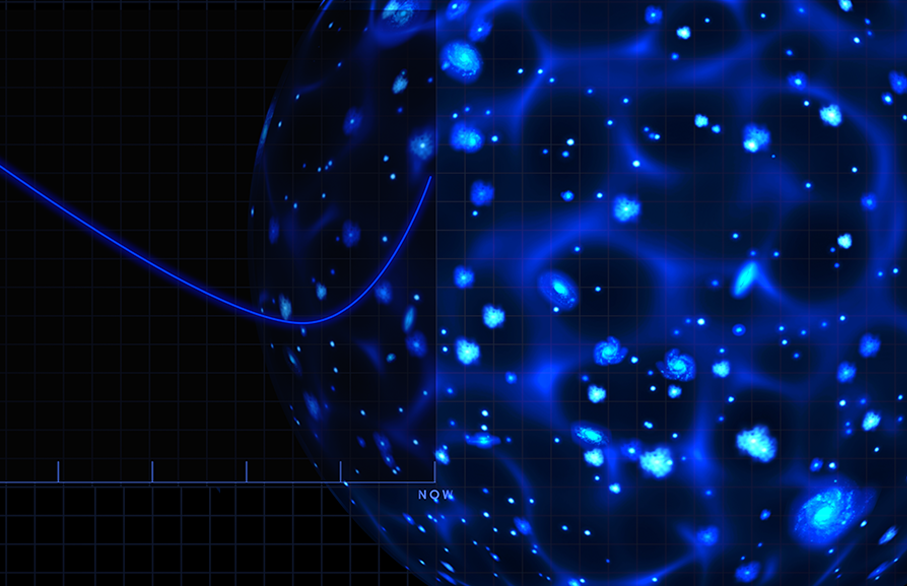
Exoplanets
Roman will use multiple methods to find and study exoplanets both near and far. The mission will find many worlds that other existing telescopes can’t detect, including analogs to nearly every planet in our solar system.
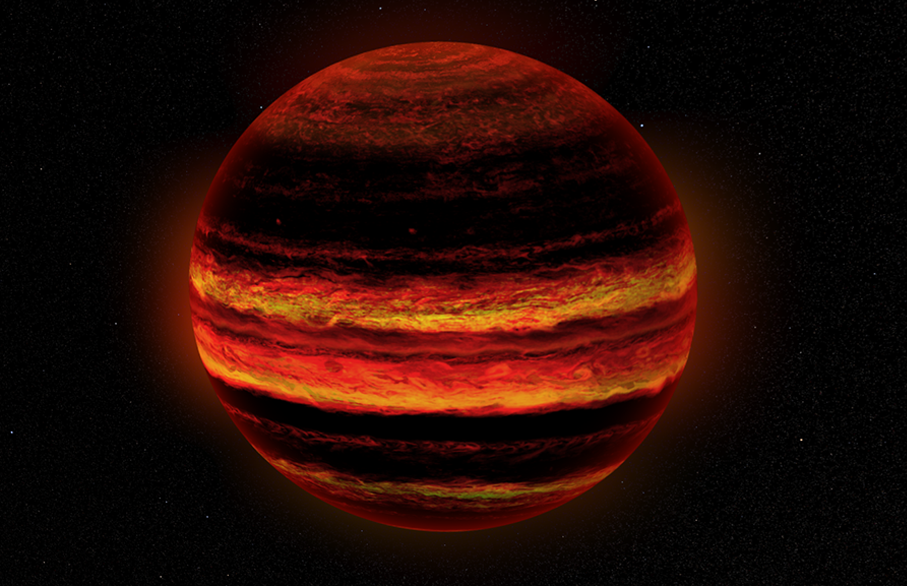
Dark Matter
Almost completely undetectable matter whose existence is implied to explain an excess of gravity measured in galaxies and galaxy clusters.
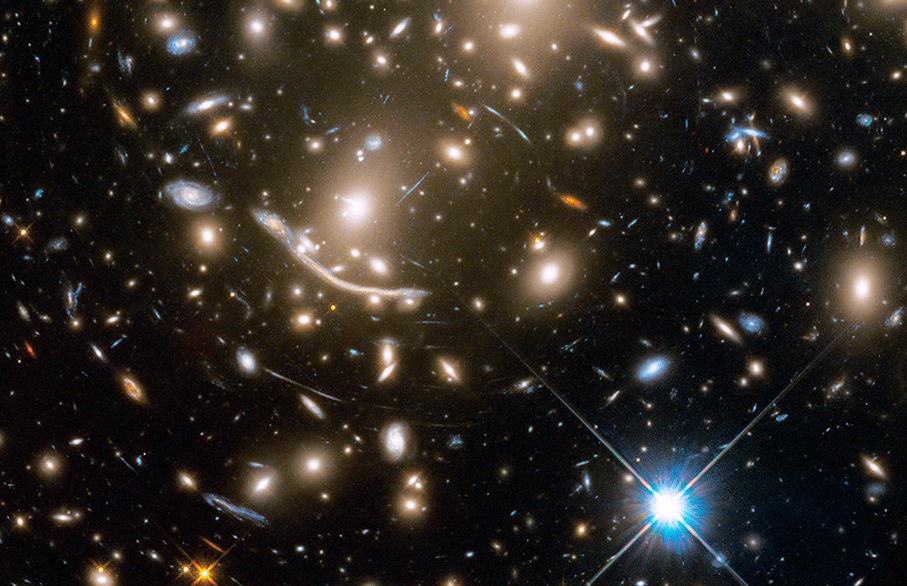
Near-Infrared Science
A vast astrophysics treasure trove allowing the exploration of everything from nearby stars to distant galaxies.
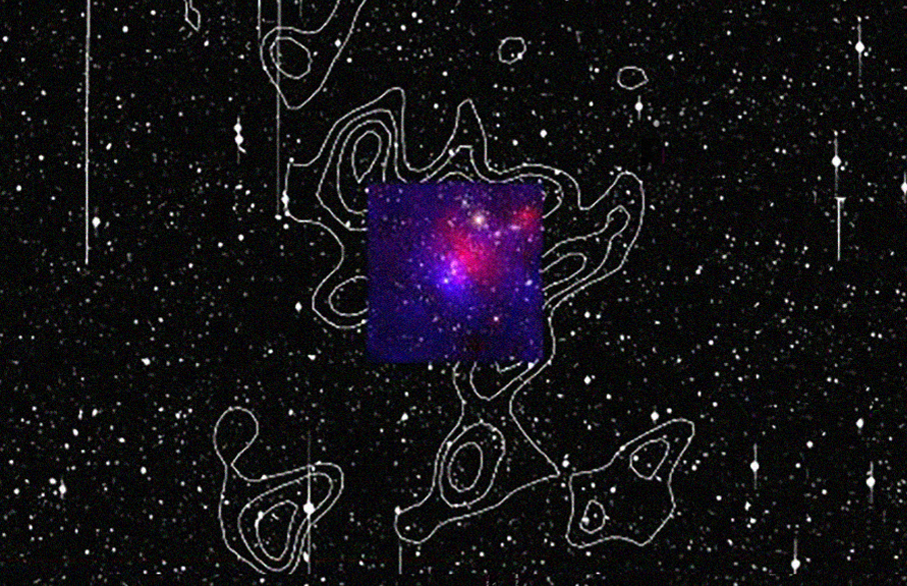
Additional Resources
- WFI Technical Overview
- Galactic Bulge Time Domain Survey
- High Latitude Time Domain Survey
- High Latitude Wide Area Survey
Roman Space Telescope’s Wide Field Instrument
Roman’s Wide-Field Instrument (WFI) Poster The Wide-Field Instrument (WFI), the primary instrument aboard NASA’s Nancy Grace Roman Space Telescope, is…
Read the Story
Coronagraph
This multi-layered technology, the Coronagraph Instrument, might more rightly be called “starglasses”: a system of masks, prisms, detectors and even self-flexing mirrors built to block out the glare from distant stars — and reveal the planets in orbit around them.
Learn More